The IA4VG Axial Piston Piston Variable Electro Displacement Pump brings several important advantages to closed-loop hydrostatic systems, making it a highly effective and reliable component for a variety of applications. Designed to optimize the performance of hydraulic systems, this pump plays a crucial role in ensuring smooth and efficient operation, offering precision, adaptability, and protection for the system components. These features are particularly beneficial in systems that require high performance, reliability, and energy efficiency, such as those used in mobile machinery, industrial equipment, and construction applications.
One of the most significant advantages of the IA4VG pump in closed-loop hydrostatic systems is its ability to precisely control the flow rate. The flow rate in the pump is directly proportional to the drive speed and displacement, meaning that the pump can adjust in real time to changes in operating conditions. This proportionality ensures that the hydraulic system responds seamlessly to varying load demands, providing the necessary flow of hydraulic fluid when required. The ability to adjust the flow rate based on these factors improves the system's efficiency by ensuring that energy is only used when necessary. The pump's stepless flow control is achieved through adjusting the angle of the rotating bent plate, which allows the system to operate smoothly across a wide range of flow conditions. This stepless adjustment is especially beneficial for applications requiring precision, such as mobile equipment that must handle different terrains and varying loads, or industrial machinery where stability and accuracy are essential.
Another notable benefit of the IA4VG pump is its ability to change the direction of the hydraulic oil flow smoothly when the bent plates pass through their mid-position. This feature ensures a gradual and controlled transition of the oil flow direction, which is essential in applications where the direction of flow must be reversed or altered frequently. The smooth transition minimizes the risk of sudden pressure spikes or system instability, which can lead to component damage or wear. In closed-loop systems, where the flow direction can frequently change, this feature helps maintain consistent and reliable operation, ensuring that the system runs efficiently without compromising the integrity of the pump or the motor.
In addition to providing smooth flow direction changes, the IA4VG pump also features two pressure overflow valves on the high-pressure side. These valves are critical in preventing system overload, a common risk in high-pressure hydraulic systems. When the system experiences pressure that exceeds safe operational limits, the pressure overflow valves activate to release excess pressure, ensuring that the pump and motor are protected from damage. This overload protection is vital for the longevity and reliability of the system, as it prevents costly repairs and extends the service life of the pump and other hydraulic components. With these safety features in place, operators can be confident that the pump will function safely and effectively under demanding conditions.
The IA4VG pump is equipped with a built-in oil supplement pump that acts both as a slippage pump and a control pump. The primary function of this pump is to maintain a continuous supply of oil to the system, even under fluctuating load conditions. It ensures that the pump remains adequately lubricated and that the system maintains the necessary hydraulic fluid levels for smooth operation. By preventing the pump from running dry or experiencing irregular fluid supply, the oil supplement pump ensures that the IA4VG pump operates consistently, even when the load on the system varies. The maximum pressure of the oil supplement pump is regulated by a built-in low-pressure overflow valve, which helps maintain stability within the system and prevents excessive pressure buildup that could harm the components. This integrated system of pumps and valves simplifies the design of the hydraulic system by reducing the number of separate components needed to maintain proper operation.

 ENG
ENG
 English
English русский
русский Español
Español

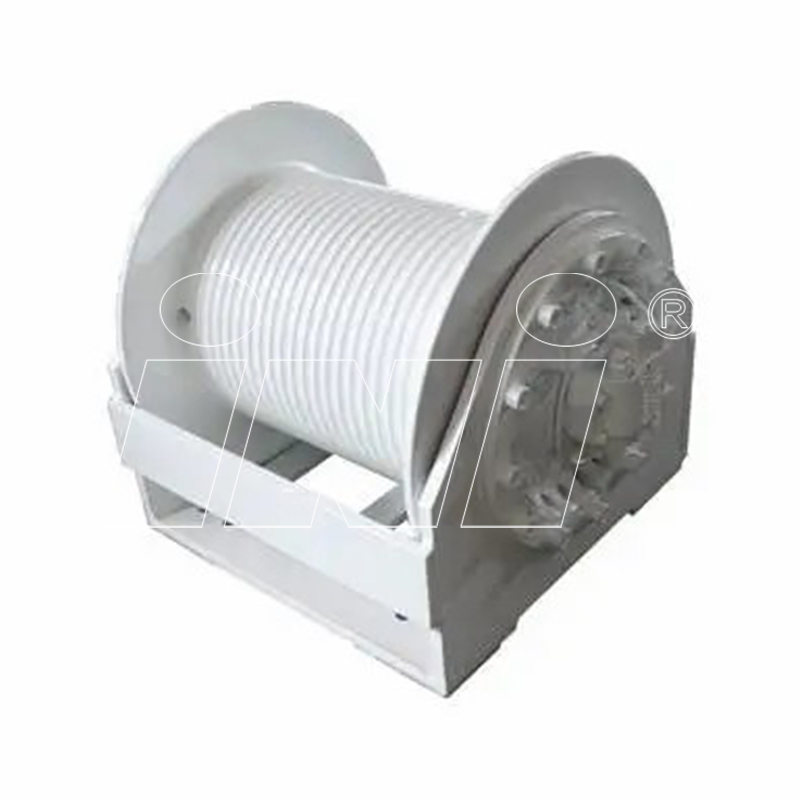
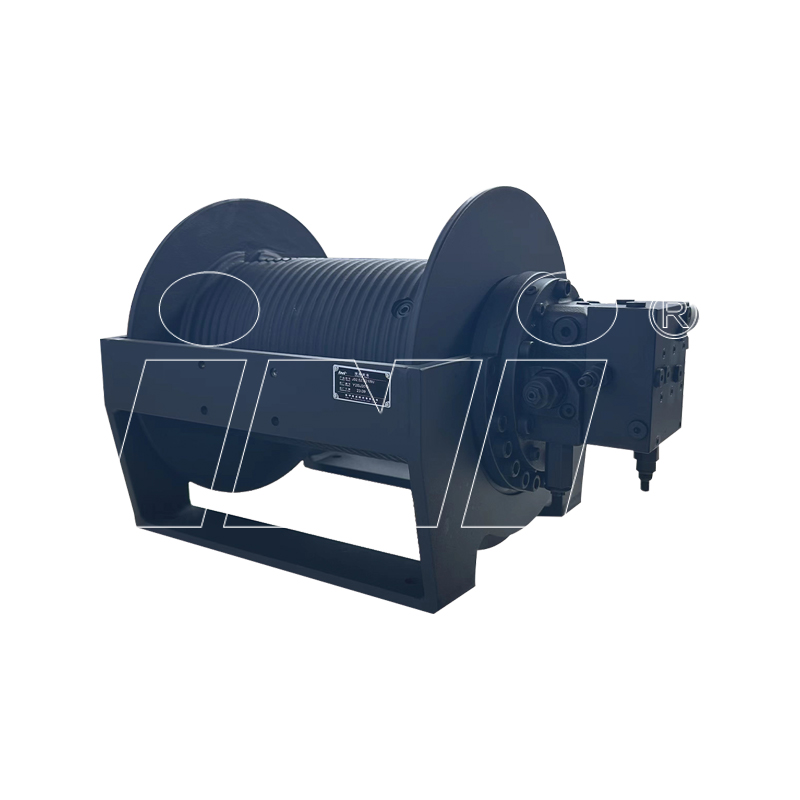
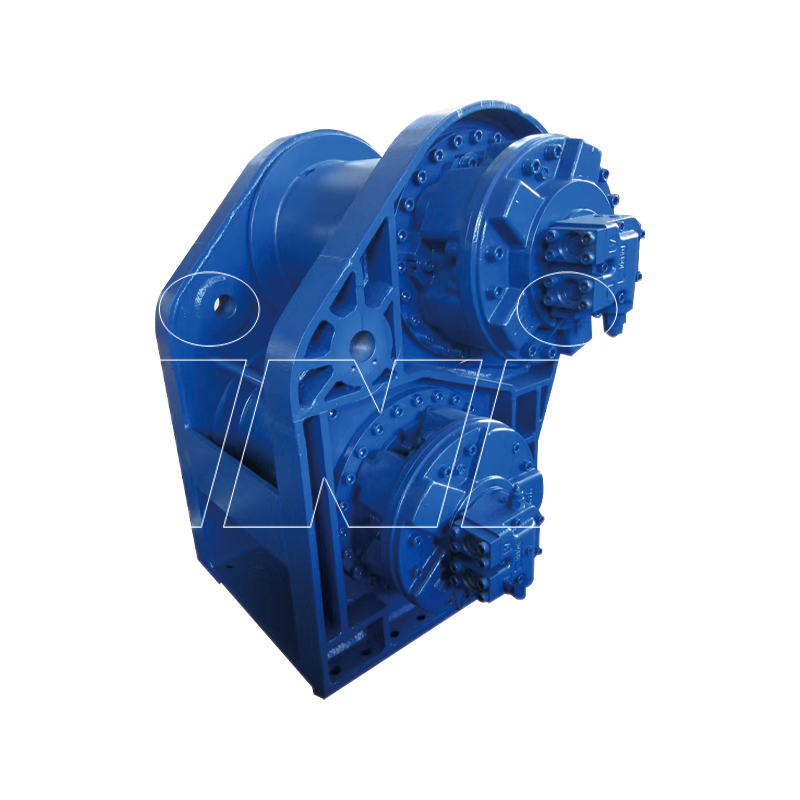

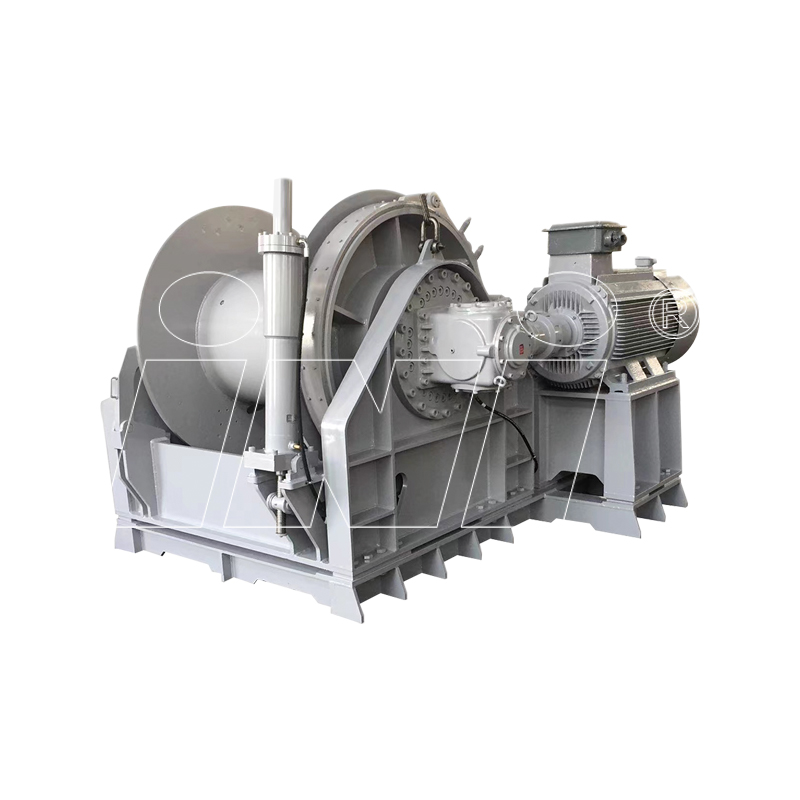

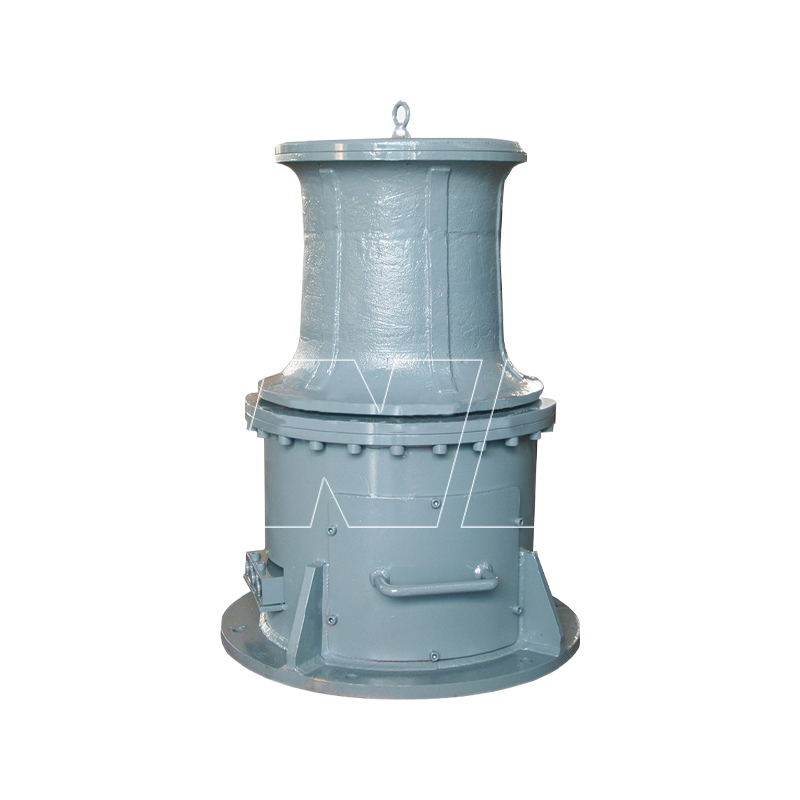
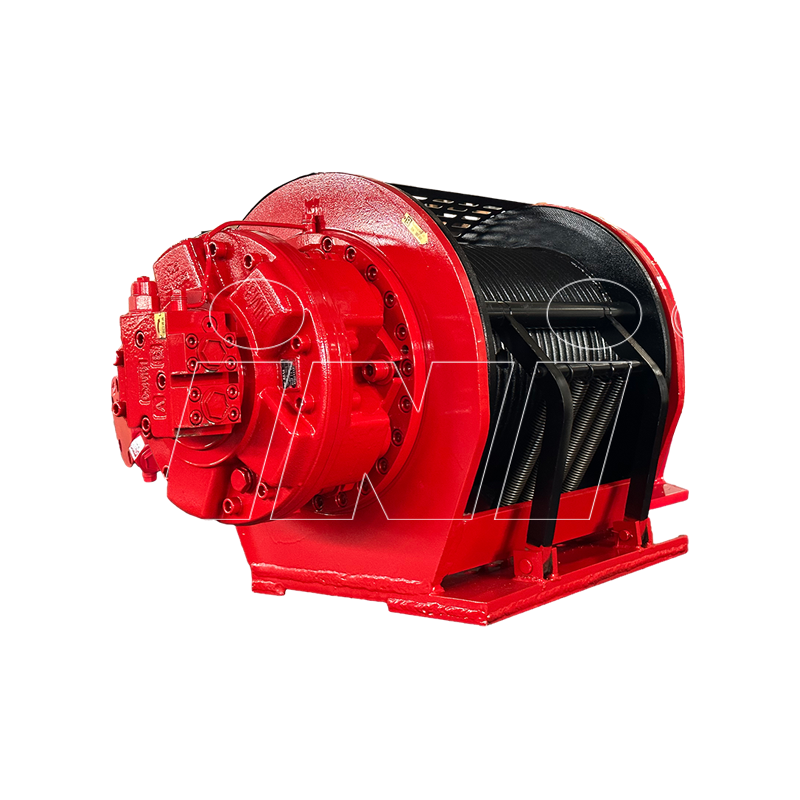
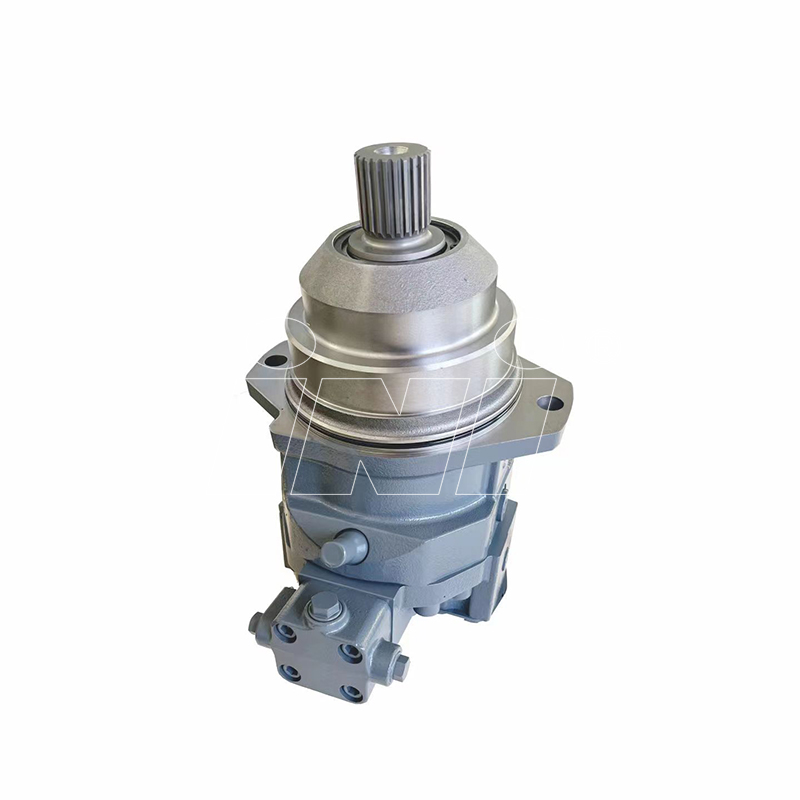

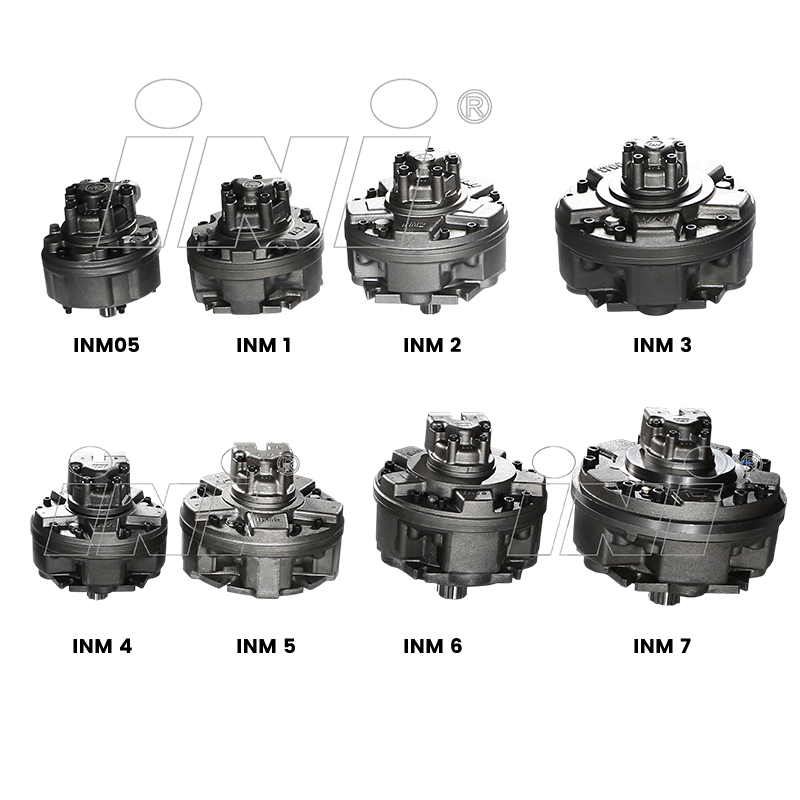
 English
English русский
русский Español
Español
 TOP
TOP